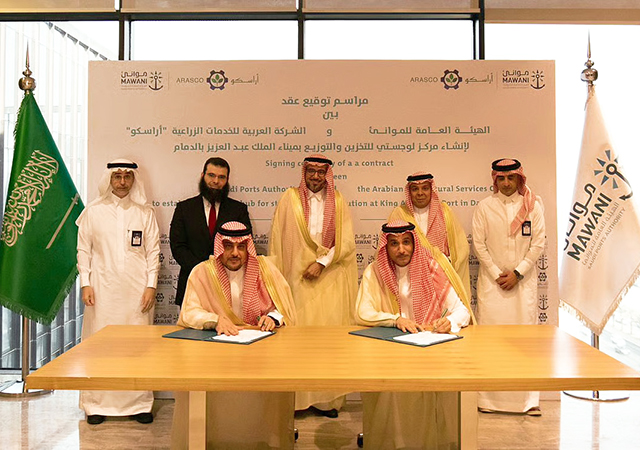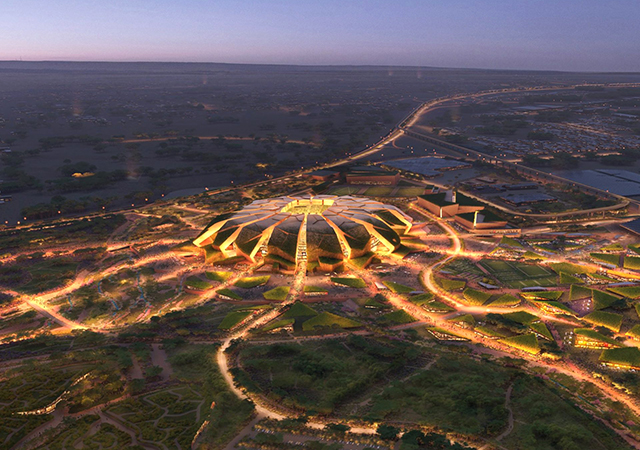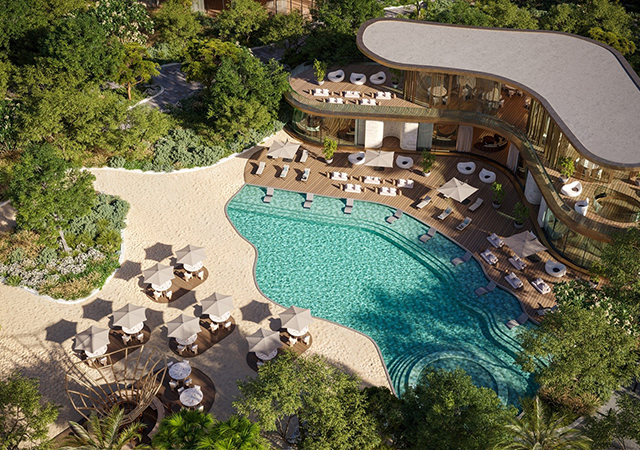 Berger ... witnessing impressive growth.
Berger ... witnessing impressive growth.
With the construction industry in the UAE witnessing a boom and the trend likely to continue for the next few years, the paint industry in the region is cautiously optimistic of a period of remarkable business.
“The visionary leadership of the UAE has created the necessary canvass for propelling the emirates into being one of the leading destinations in the world. The Palm Islands, The World, International City and the Burj Dubai complex are some of the upcoming landmarks which are sure to make Dubai the hottest destination in the near future,” says CEO of Berger Paints, S Mohandas.
“All this construction augurs well for the paint industry, with consumption having skyrocketed over the past few years. Given the current market scenario, a double-digit growth in sales volumes is sustainable at least over the short term,” he adds. “The paint market in the UAE is estimated to be worth around $150 million, taking into account only the domestic consumption and excluding the marine paints segment. The growth of the paint market is impressive and has been running parallel to that of the robust construction industry. By all indications, paint companies must be working overtime to meet this escalating demand,” he says.
“However, the growth has not panned out well for all within the paint sector,” says Mohandas. “Competition within the industry has brought about an erosion of profit margins. While the acute competition in the market has driven down prices, there has been a steep increase in the cost of the raw materials.”
“While most industry majors have sought a partial price increase – especially since the prices of raw materials have showing very little sign of relenting – this may not be enough, to offset the imbalance and bring in profits,” he adds.
“These are challenging times. On the one hand, you are looking at attractive growth possibilities and on the other, you see escalating costs. In the final analysis, it boils down to managing costs more than managing sales,” he says.
“Berger Paints is witnessing impressive growth levels compared to its recent past. This is primarily due to the company having refined its marketing mix to suit each distinct segment, rather than offering omnibus solutions. The company has revamped its strategies for the projects, retail, industrial and export markets, keeping in mind the unique requirements of each of these segments, he adds.
The market is led by two sectors: the projects segment which includes the ambitious multimillion-dollar developments spearheaded by Nakheel and Emaar and the local retail sales sector.
“The paint industry is currently focusing on the upper end of the market, with consumers increasingly looking for quality products at the right price,” he points out.
As a result, the paints that are being specified/utilised are more durable – which means a longer repainting and maintenance cycle.
Commenting on trends in the industry, he says: “In the decorative segment, paints are now offered with an extended range of textures, while in the protective coatings segment epoxy and polyurethane coatings continue to offer durability and reliability for the protection of various structures ranging from bridges to oil rigs.
The market will also increasingly focus on paints and coatings that are environment-friendly, such as those that have a low VOC (volatile organic compounds) content. Waterborne coatings are now gaining favour.”
What is the paint of the future? Mohandas believes it will be thermal insulation coatings: “It is a matter of time and availability of effective insulation coatings for the Government to make it mandatory for all multi-storeyed commercial and residential buildings. Then paints will not only add aesthetic value and protect the assets, they will help conserve energy too.”






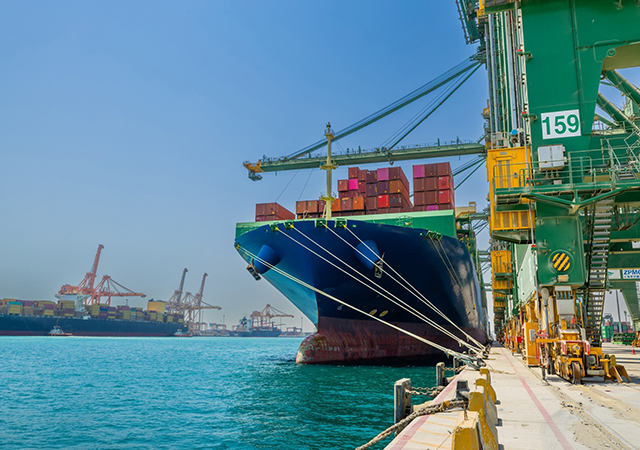
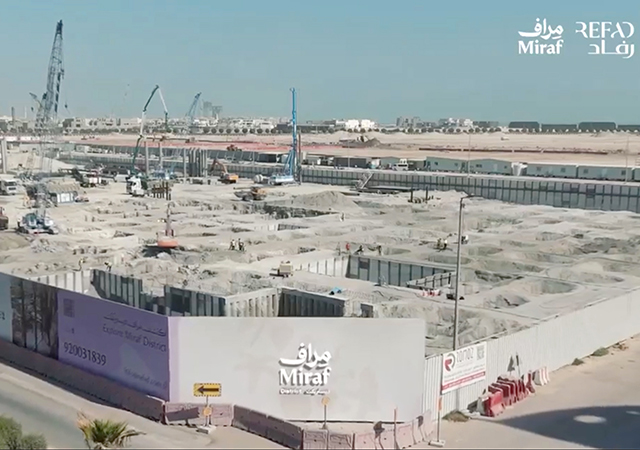
.jpg)




.jpg)

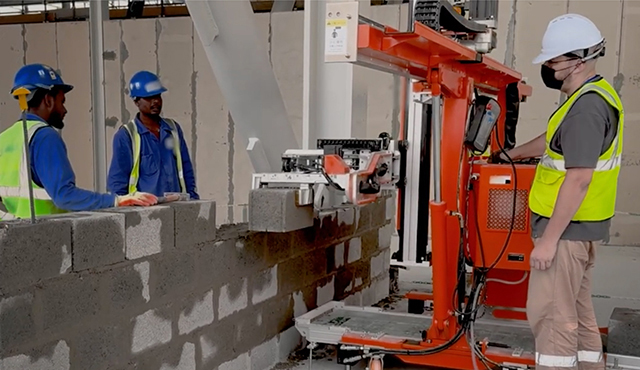

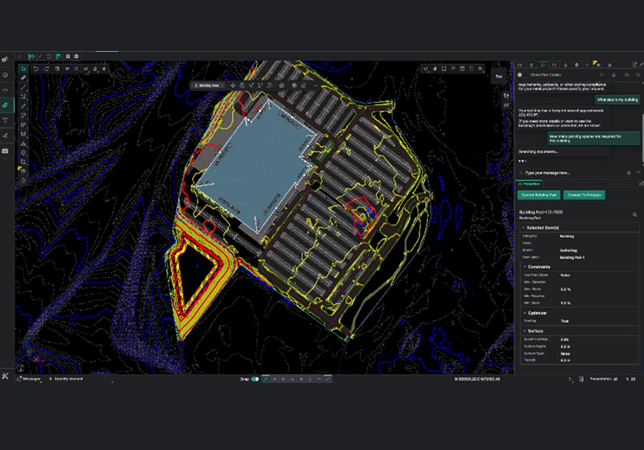



















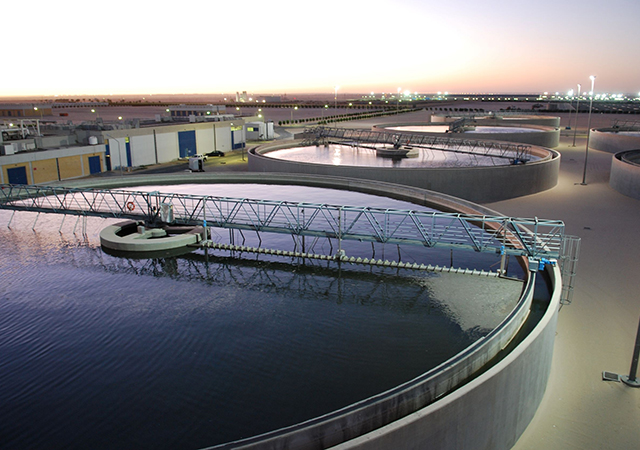


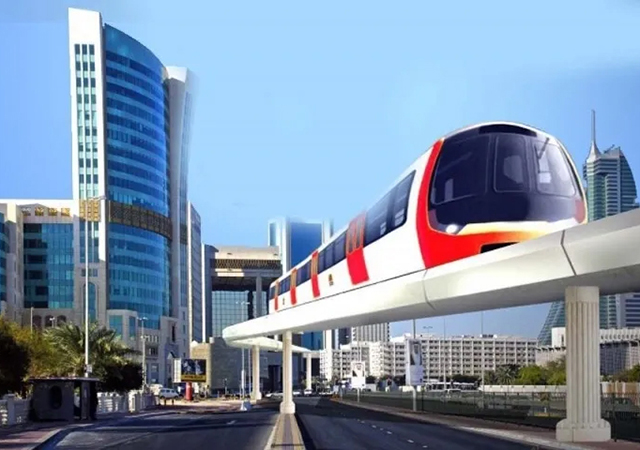

.jpg)




